— 9 min read
How is AI Used in Construction? A Comprehensive Guide
Last Updated Mar 26, 2025
Last Updated Mar 26, 2025
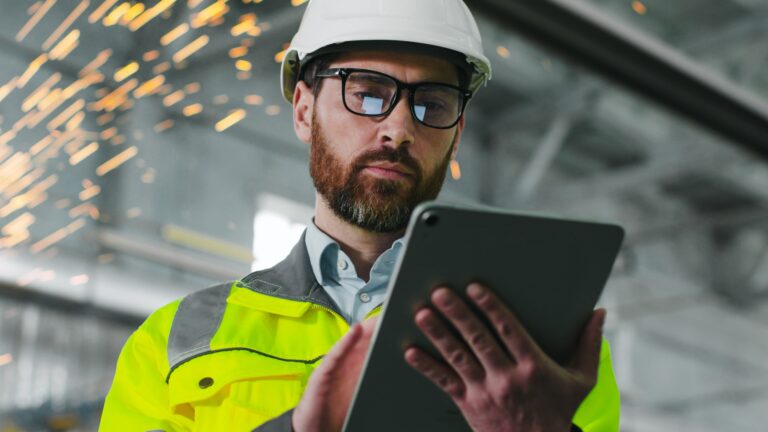
Artificial Intelligence (AI) is transforming how construction professionals work, from streamlining project management to simplifying safety and environmental compliance. By automating workflows, reducing human error and ensuring smooth regulatory compliance, AI empowers construction teams to focus on what matters most: delivering high-quality projects on time and within budget.
Table of contents
Defining AI in the Construction Industry
When we talk about AI in construction, we are mostly referring to a set of artificial intelligence tools known as ‘artificial narrow intelligence’ or ANI. The ‘narrow’ part refers to how this form of AI is only designed to achieve specific tasks within set parameters and contexts – rather than thinking or reasoning like a human.
One rapidly emerging subset of ANI is generative AI – a type of artificial intelligence that can generate text, images, designs, or other outputs based on patterns in large datasets. In construction, generative AI can analyse large datasets, detect anomalies, make predictions and provide highly-accurate insights. This makes it a valuable tool for optimising design workflows, improving cost estimation, and reducing project risks.
However, it is important for companies to be intentional about how they deploy AI, ensuring they use it to enhance efficiency, decision-making, and data accuracy rather than relying on it without oversight.
AI itself will not replace people; rather, individuals who effectively harness AI will replace those who do not.
Thomas Richardson
Strategic Industry Advisor, Europe
Procore
How Are ANI Tools Used in Construction?
Artificial narrow intelligence has potential to reform real-world, data-driven decision-making processes within the field of construction. For example, machine learning can be used to predict useful outcomes on the basis of dataset patterns and trends. By supplying these tools with more data, machine learning tools can refine their analysis and provide more accurate predictions.
Shape the Future of the Built Environment at Procore's Construction Summit
Engage with construction leaders and discover the latest technology and best practices that are driving change across the industry.
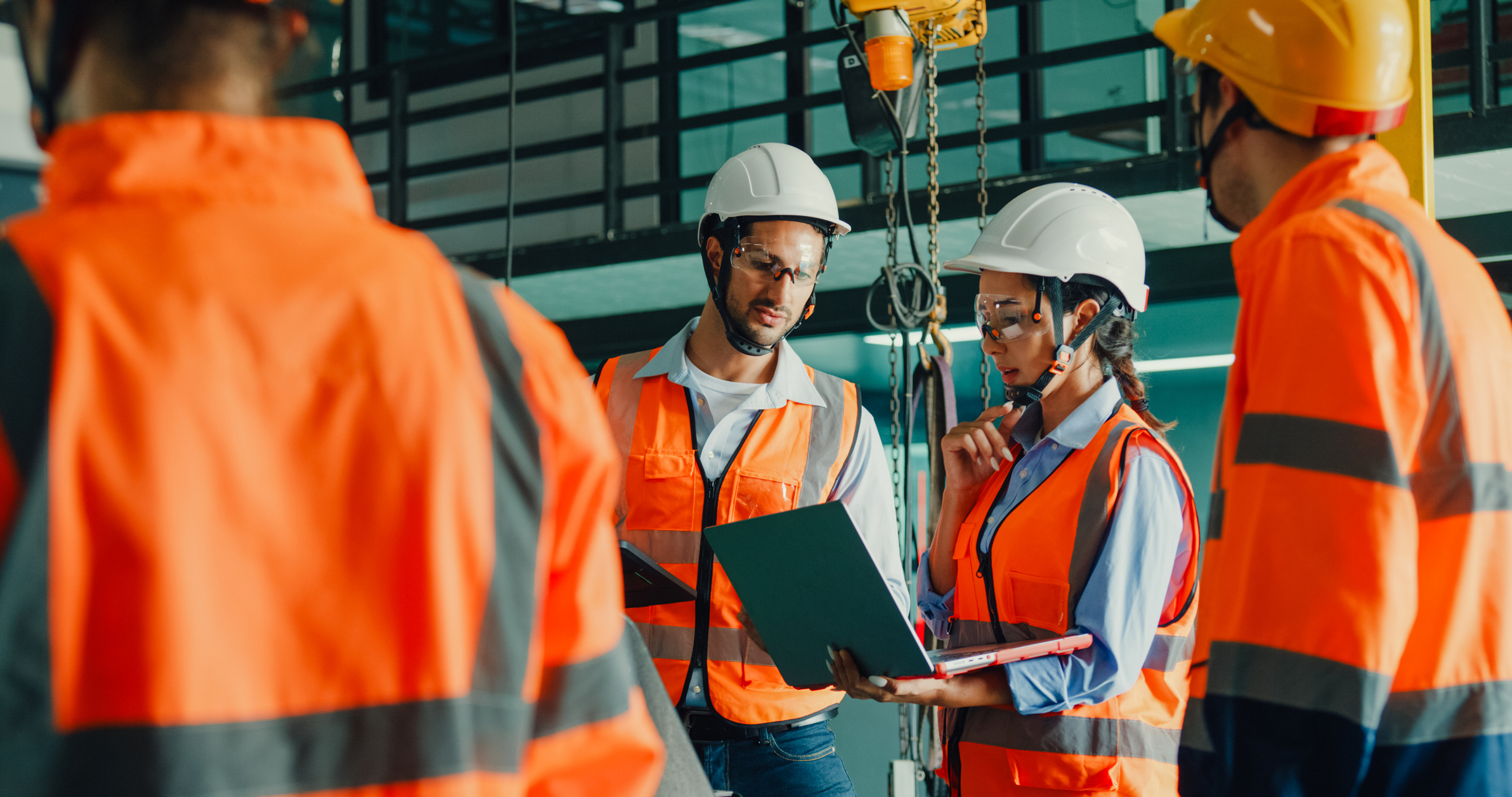
Benefits of AI in Construction
Before we look at how to create an AI construction software stack, let’s explore how AI improves the comprehensive management of construction processes. Some key benefits include:
- Reducing cases of human error in data pattern analysis.
- Simplifying project management and planning by automating complex construction phases.
- Enhancing safety regulation compliance with constant monitoring of hazards and incidents while suggesting improved safety protocols.
- Providing real-time project visibility through AI-powered dashboards, enabling teams to track progress and collaborate more effectively.
- Using code parsing tools to simplify compliance with regulations.
In this next section, we will explore how different forms of AI systems work in different AI construction tools available on the market.
How is AI Used in Construction?
AI is only valuable if it solves real problems, optimises workflows, or improves outcomes. For contractors, the key is identifying whether a tool directly addresses their needs.
By defining the problem and assessing AI’s effectiveness, construction businesses can determine where it adds the most value. Below are some of the key applications of AI in construction.
AI in Preconstruction: Improving Cost Estimates and Risk Assessment
AI is revolutionising preconstruction stages by improving cost estimation, bidding accuracy and risk assessment. Let’s look at one example: AI-powered tools analyse historical project data and market trends to predict costs with greater precision. This can help firms submit more competitive bids.
Predictive analytics can identify potential risks during the design phase, such as structural inefficiencies or environmental impacts. By catching these issues early on, predictive analytics enables teams to address issues before construction begins.
AI-based tools now analyse project programs to identify risks and pinpoint areas that could impact timelines. They also scrutinise contracts to highlight key risk areas, making them understandable to team members unfamiliar with contract language. Advanced dashboards integrate data outputs such as RFIs and change events to deliver a comprehensive risk assessment
Thomas Richardson
Strategic Industry Advisor, Europe
Procore
Building an AI Tool Stack for Construction Efficiency
Building a custom AI software stack can significantly improve efficiency, safety, and compliance across construction projects. Different AI tools serve distinct purposes, from environmental compliance and risk management to safety monitoring, data analysis, and team coordination.
For best results, construction firms should integrate AI-powered project management, safety monitoring, and risk assessment tools. This ensures potential safety issues are identified and addressed early in the build process, helping teams stay on track and meet compliance standards.
AI in Quality Control: Catching Issues Before They Become Costly Mistakes
Quality control is one of the biggest challenges in construction. Even the smallest defects – like a hairline crack in concrete or a misaligned steel beam – can lead to major setbacks if they aren’t caught early. That’s where AI is making a real difference.
AI-powered defect detection tools are transforming how construction teams spot and fix issues before they escalate. It can detect structural weaknesses, material flaws, and workmanship errors with far greater accuracy than manual inspections alone. For example, AI-driven image recognition can scan surfaces for tiny cracks, assess weld quality, and flag irregularities in real time, helping teams make corrections before defects become costly. AI is also improving project accuracy. Advanced monitoring tools continuously compare work-in-progress against design blueprints, avoiding expensive rework. If something doesn’t align with specifications, AI can flag it immediately, giving site managers the insights they need to act fast.
How AI is Transforming On-Site Construction and Project Management
While AI is revolutionising preconstruction, its impact doesn’t stop there. On active job sites, AI is helping construction teams collaborate more effectively, predict project outcomes, enhance safety, and streamline workflows, making site operations more efficient and less prone to costly errors.
AI-Powered Collaboration: Keeping Teams Aligned in Real Time
Construction projects involve multiple teams working across different sites, making real-time communication a challenge. AI-powered collaboration tools help by centralising project data, automating updates, and flagging issues instantly, helping reduce miscommunication and delays.
AI's smart capture functionality could revolutionize data entry. Instead of manually taking a picture, writing out details, and assigning tasks, you could simply walk around, talk to your phone, and it would automatically populate the necessary fields.
Tom Noctor
Senior Product Manager, International
Procore Technologies
AI also streamlines document management and compliance tracking. Instead of manually searching for blueprints or contracts, teams can use AI to auto-organise and retrieve key documents, ensuring everyone has access to the latest information. This keeps projects moving efficiently to stay on schedule and within budget.
Using Machine Learning to Predict Project Outcomes and Maintenance Needs
Analysing team data to gain insights into turnover or productivity can be a time-consuming task. Thanks to machine learning tools, analysing patterns and predicting outcomes becomes quicker and simpler.
By analysing large datasets, AI can forecast team performance, project risks, and scheduling challenges, helping site managers make data-driven decisions that keep projects on track.
Machine learning also plays a key role in predictive maintenance. AI-powered monitoring tools can detect early signs of wear in heavy machinery, HVAC systems, and electrical grids, allowing teams to fix small issues before they escalate. This prevents unexpected failures, lowers repair costs, and keeps projects moving.
Neural Networks: Optimising Energy Performance in Construction
For construction professionals looking for more advanced predictive tools, neural networks offer a powerful solution. These AI models can forecast energy performance in the early design phases with minimal supervision, continuously refining their accuracy over time.
According to one study, neural networks can also assist architects and engineers in designing sustainable buildings. By analysing real-time energy consumption data, they identify inefficiencies and recommend improvements. These systems help ensure compliance with environmental regulations by tracking carbon emissions and recommending optimised HVAC systems or sustainable materials.
Computer Vision: Enhancing Safety and Environmental Compliance
With Net Zero government targets on the horizon, energy efficiency is central to modern construction projects. The UK’s current goal of reaching Net Zero by 2050 means all businesses must reduce greenhouse gas emissions while ensuring compliance with new safety regulations. The fairly recent Building Safety Act also means changes to the way that construction industries have to think about safety, giving residents more say on how their homes are kept safe.
AI-powered computer vision plays a critical role in achieving these targets. By analysing visual data in real time, AI can detect hazards, monitor safety compliance, and identify inefficiencies in construction designs before they lead to costly rework. For example, AI-driven hazard detection tools have already contributed to a 25% reduction in accidents on job sites, proving their impact on construction safety.
Beyond safety, computer vision also helps optimise environmental performance. AI can track carbon emissions, HVAC efficiency, and energy consumption, suggesting improvements like better insulation materials or optimised heating and cooling systems.
Automating Project Management for Better Efficiency and Cost Control
Supply chain issues in the UK mean procurement is more challenging than ever, with Brexit making it difficult to source the right materials at a good price. Automated procurement processes can make it much easier to order in new materials, compare supplier quotes, and track deliveries in real time – reducing costs and preventing project delays.
AI-driven automation also simplifies workflow management, scheduling, and even electrical routing. By analysing building plans and infrastructure layouts, AI can optimise wiring routes, ensuring efficient material usage while reducing installation time. This not only cuts costs but also improves safety by minimising human error in electrical system design.
The Future of AI in Construction
The future of AI in construction provides even more exciting possibilities for streamlining project management, compliance, team management, and design workflows. Here, we will explore some emerging AI construction technologies and whether they could be worth investing in.
AI Robotics: Reducing Risk and Enhancing Manual Work
One of the best ways to avoid hazards in construction environments is to limit human involvement. According to a study, the use of AI-powered robotic arms, cranes, pavers, and dozers are increasingly useful in construction for automating the completion of manual tasks.
Where risks and hazards are more likely, construction businesses can use robotics to help complete tasks. By using computer vision to identify tasks with the most risks, AI robotics tools can replace human supervision in these areas.
Smart Sensors: Enhancing Construction Site Safety in Real Time
Another study found that more advanced smart sensors can be used to monitor the health and safety of construction workers in real-time. Smart sensor data provides more nuanced insights into air quality, temperature levels and any other potential environmental risks to personnel. Construction professionals can combine this with environmental data picked up by computer vision.
The Challenge of Scaling AI: Limited Real-World Applications
While the same study shows that cutting-edge applications like smart sensors and wearable exoskeletons have limited proven use cases, firms can address this by adopting AI incrementally. For example, starting with AI-driven project management tools or automated safety monitoring systems allows companies to see measurable ROI without large upfront investments.
Understanding risks, costs and business outcomes of adopting new tech can encourage leadership buy-ins, too, as decision-makers may be initially sceptical or resistant. Taking well-informed risks can help position construction businesses at the forefront of their industry in the future.
Categories:
Tags:
Written by
Nicholas Dunbar
29 articles
Nick Dunbar oversees the creation and management of UK and Ireland educational content at Procore. Previously, he worked as a sustainability writer at the Building Research Establishment and served as a sustainability consultant within the built environment sector. Nick holds degrees in industrial sustainability and environmental sciences and lives in Camden, London.
View profileThomas Richardson
Thomas Richardson is an expert in strategic product consulting and risk management, currently working as a Strategic Industry Advisor for Procore Technologies in Europe. His career includes roles such as Principal Risk Consultant at WSP and various consulting positions at Currie & Brown and Sweett Group. He holds an MBA with a concentration in Marketing and Innovation from SDA Bocconi and a degree in Estate Management from London South Bank University. Thomas is certified as a Procore Administrator and Project Manager in Financial Management.
View profileTom Noctor
16 articles
Having worked in construction for many years both on the ground as an electrician and in the design space in roles such as BIM Manager, I witnessed the highly inefficient operations of our industry and also the amount of waste generated from project delivery. I am a Digital Construction Technologies advocate @Procore Technologies, supporting and guiding the construction industry in adopting/utilising technology to deliver projects in a lean sustainable manner.
View profileExplore more helpful resources
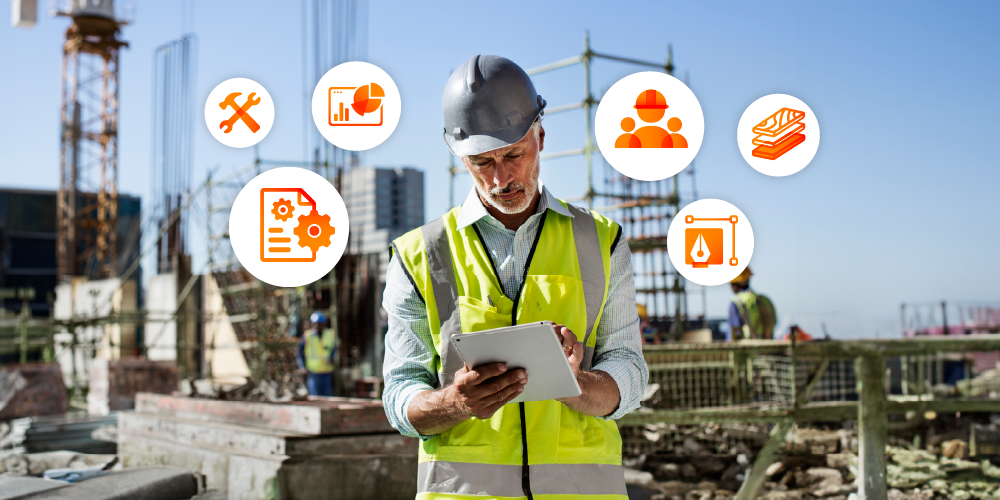
Construction Document Software: Essential Tools for Project Success
Construction projects depend on extensive paperwork, including designs, contracts, RFIs, and compliance records. A single misplaced document can trigger delays, disputes, or compliance violations. Despite increasing digital adoption, many teams...
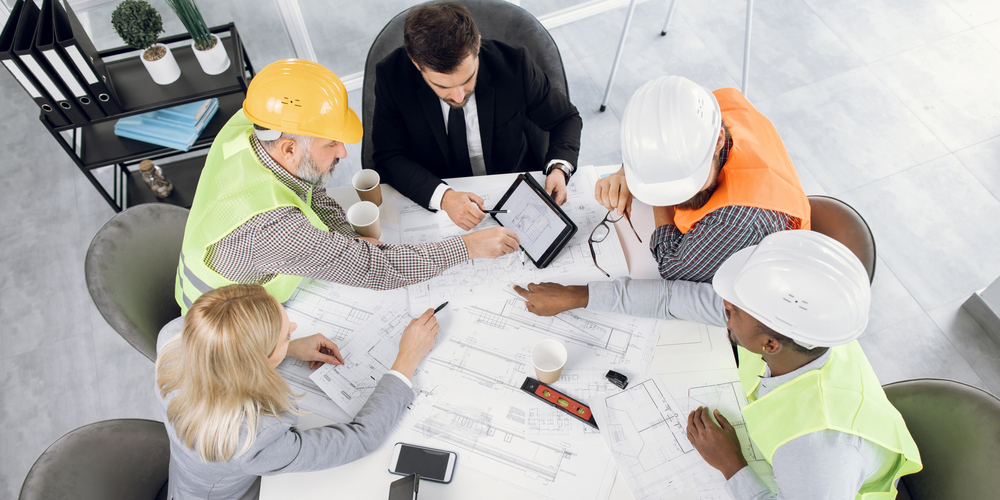
Construction Planning: A Guide to Successful Project Execution
Every successful construction project begins long before the first brick is laid. Indeed, behind each structure – whether a towering skyscraper or complex infrastructure project – lies a carefully crafted...

Leveraging Analytics for Better Financial Forecasting in Construction
Financial forecasting is a difficult task in any industry. In construction, where companies need to manage volatile material costs, labour shortages and variation orders on a daily basis, fluctuations in...
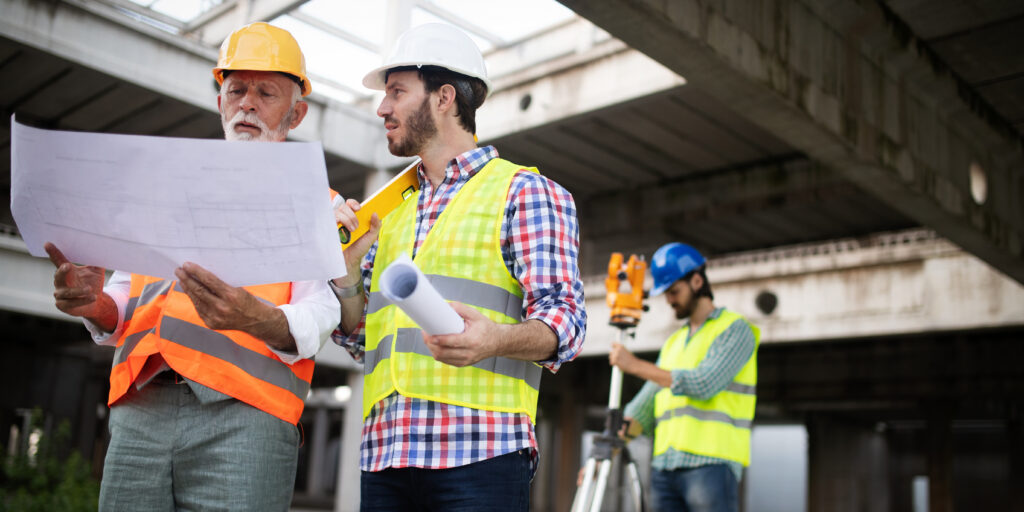
Strategies to Prevent Rework: The Importance of Clear Instructions
In construction, “rework” is the dreaded process of redoing tasks due to mistakes, quality issues, or safety concerns. This unnecessary work drains budgets through wasted materials and labour while causing...